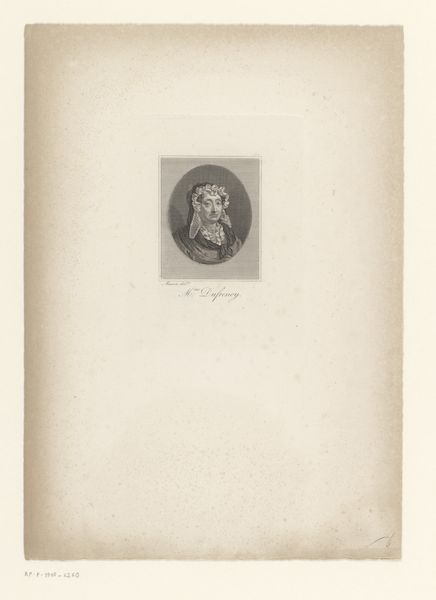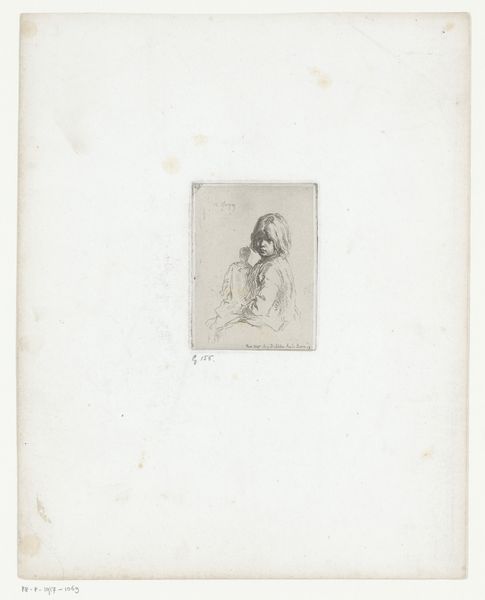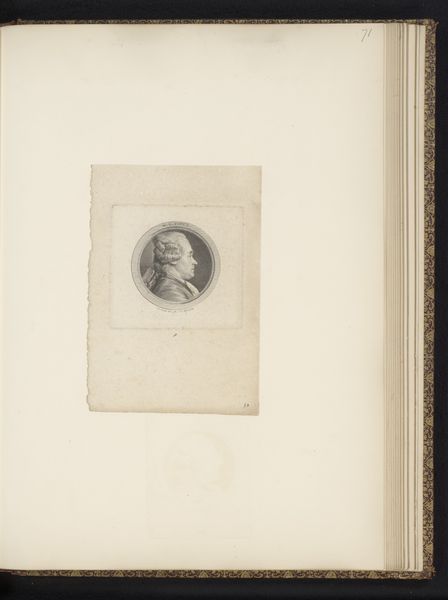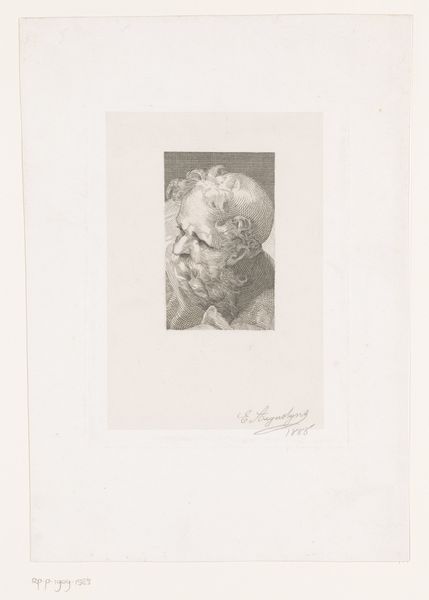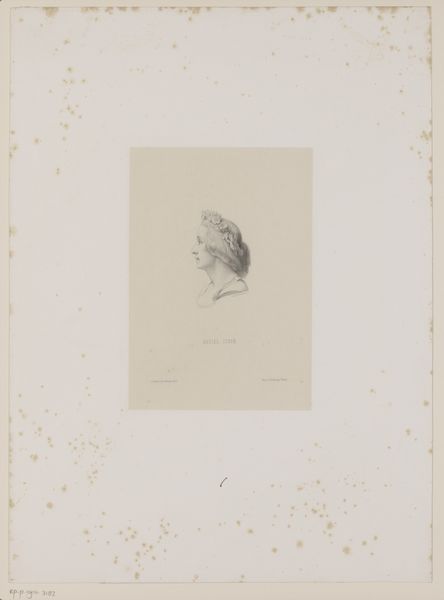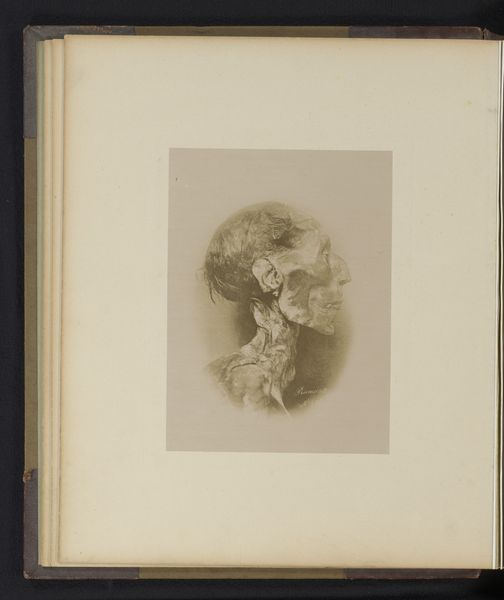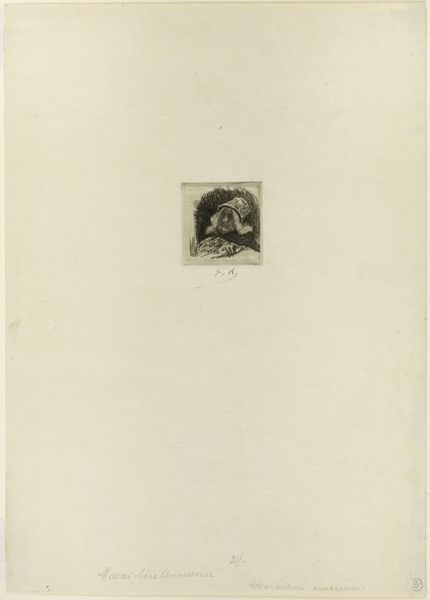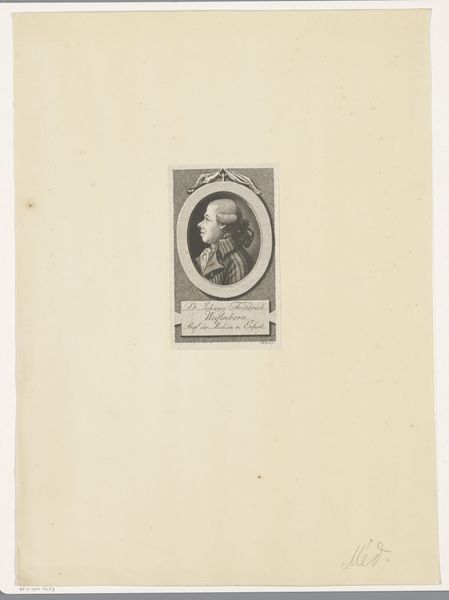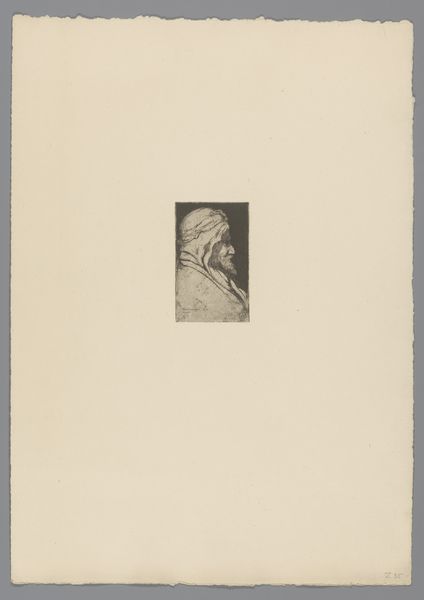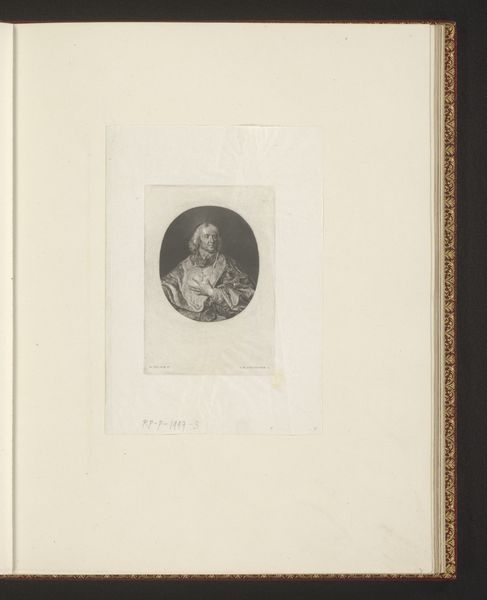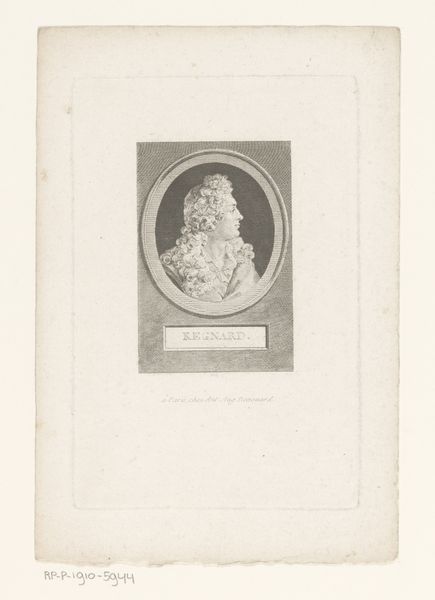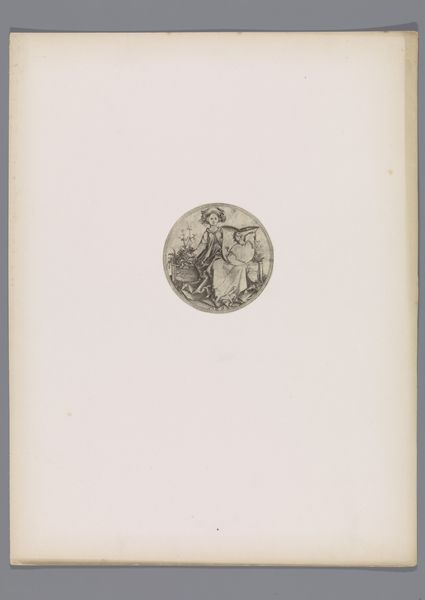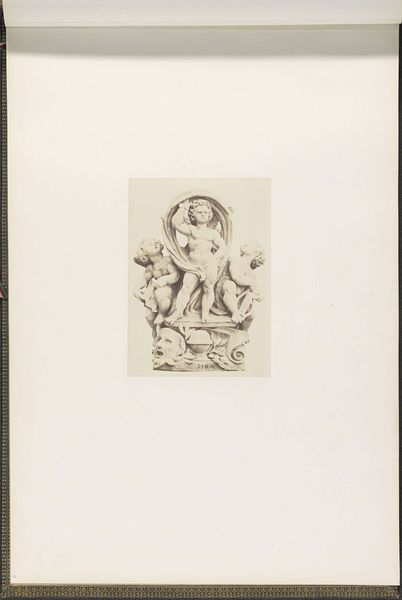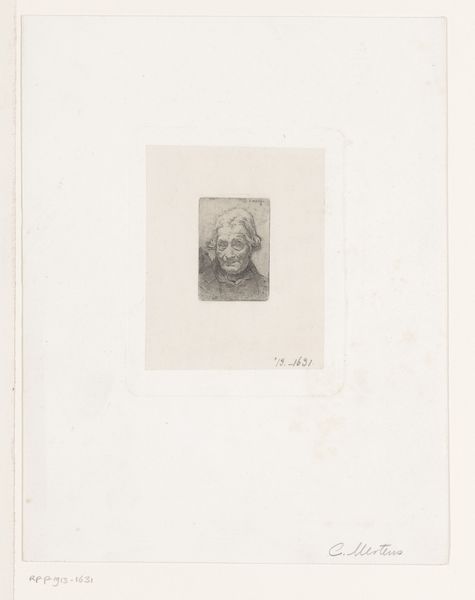
Dimensions: height 195 mm, width 140 mm
Copyright: Rijks Museum: Open Domain
Editor: This is Auguste Danse's "Portrait of an Unknown Young Woman with Ribbon in Her Hair," created in 1878. It looks like a pencil drawing on paper. The profile is so delicate, almost like a cameo. What do you see in this piece? Curator: I see a potent reflection of the prevailing societal gaze on women in the late 19th century. While seemingly innocuous, the subject's anonymity, coupled with her stylized presentation, invites us to consider the limited roles available to women then, especially within the artistic realm. Editor: Limited roles? I thought portraiture was quite popular. Curator: It was, but how were women represented? Often idealized, objectified. Her likeness, rendered through the artist’s hand, speaks volumes about how women's identities were constructed and consumed. Neoclassicism, the artistic movement to which the artwork has ties, revived an ideal of beauty drawn from the art of ancient Greece and Rome, influencing not just artistic representation but shaping how societies perceived the value and social roles of women, for example as muses or symbols of virtue. Editor: So, it's not just a portrait but a statement about the times? Curator: Precisely. Even the ribbon in her hair can be interpreted. Is it a symbol of constraint, subtly binding her? Or a mere decorative object that reflects the social pressure for women to fulfill expectations of elegance? The “unknown” status also places a social commentary, as women who were known (through accomplishment or class) had increased social mobility compared to women who weren’t, thus placing constraints on all females through patriarchal social control. Editor: I never would have considered all of that from just a portrait. It makes you wonder about the woman behind the image. Curator: Exactly! Art allows us to explore and question these dynamics. What at first glance appears delicate also conceals complex power structures. Editor: This has given me so much to think about, especially in thinking of constraints women faced in terms of class, accomplishments, and social expectation, and that there are traces in a mere portrait. Curator: And those subtle things might even have implications today.
Comments
No comments
Be the first to comment and join the conversation on the ultimate creative platform.
